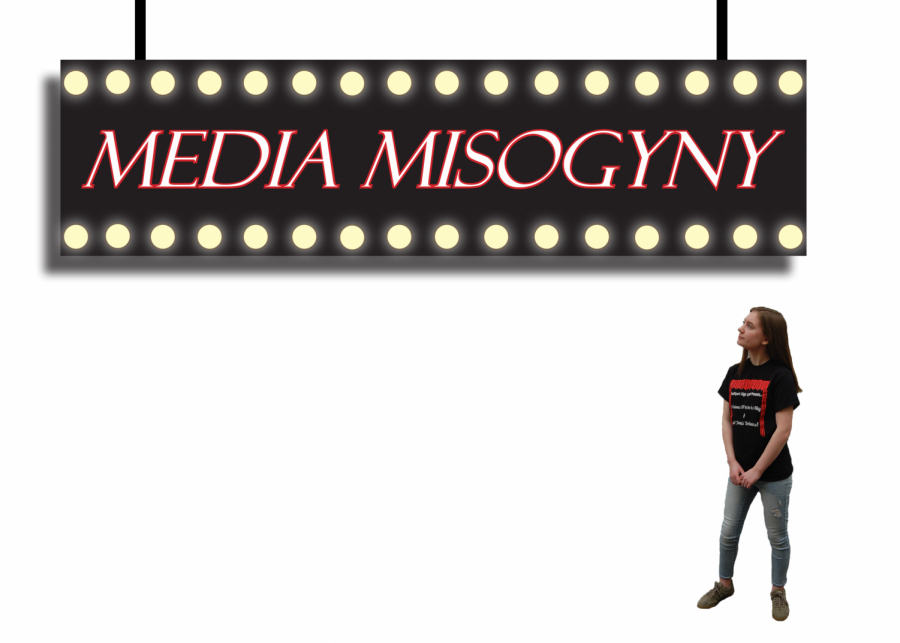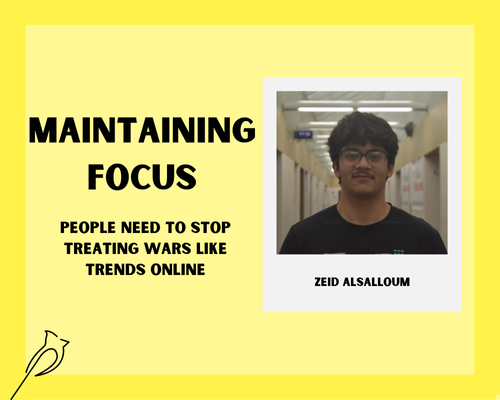Media Misogyny
The portrayal of women in the media has many negative effects
Most girls remember growing up with the stories of the beautiful princess and the dashing knight in shining armor. They’re exciting– they make us dream of finding a prince of our own one day, of discovering the perfect pair of glass slippers and waltzing the night away. It’s all lovely and sweet and inspiring, until you take a look at these stories under the microscope. The reality of what girls have been taught through the media, from when they have just started to walk and talk to when they are reaching adulthood, is anything but a fairytale.
Don’t turn the page just yet because I’m not here to state what’s been said a thousand times over. The problems surrounding women’s portrayal in the media go far deeper than many recognize on the surface level. Negative stereotypes and implicit misogyny have been heightened and perpetuated by the entertainment industry for decades.
In a survey done by Common Sense Media, American teens use some form of media for an average of nine hours per day. It’s impossible to deny, then, that Hollywood and the entertainment industry exert immeasurable influence on their lives. When girls are frequently represented in roles that reinforce traditional gender roles and stereotypes– such as the ditzy blonde, the deferring housewife, the bossy teacher– and not shown nearly enough examples of women breaking those social norms, what are they supposed to believe? People tell girls time and time again that they can do anything, but if this message isn’t reiterated in the media, they aren’t going to see any truth behind it.
The notion that women are less valuable to men is also spread throughout TV and movie culture. The Geena Davis Inclusion Quotient, developed at Mount Saint Mary’s University, found that when a man was placed as a lead role in a movie in 2015, he received significantly higher screen time than his female counterparts. However, when a woman filled the lead role, she was granted a very similar amount of screen time compared to the men in the production. It’s simple math. Men aren’t forced to share the stage, but a woman is seen as unable to captivate the audience by herself.
It’s easy to brush practices like these aside and argue that vigilance in regards to gender isn’t necessary anymore. It’s not the 1950s, after all, and we’ve progressed significantly. But just because sexism and misogyny are no longer overtly stated in the average daytime television show doesn’t mean they have disappeared completely. Overtones of gender inequality go unnoticed, and it is inevitable that rapid consumers of media, such as young girls, are affected. They grow up quietly being taught by their favorite shows and movies that they are lesser.
This problem is deeply ingrained in American society. It’s systemic. But as with most social issues, the cause isn’t hopeless. To combat the negative consequences of women’s portrayal in the media, start by supporting films that go against harmful stereotypes and portray women as holistic, three-dimensional characters. Pay attention to productions that make us more than an afterthought. And remember, ultimately Hollywood is all about the money. The only way for real change to happen within the industry is through ratings and box office sales.
So, the next time you go to the theater, consider the significance of what’s on the ticket.

Hello! I’m Haley Miller, Editor-in-Chief of The Journal this year. I joined this publication all the way back at the end of my freshman year, and I can’t...







